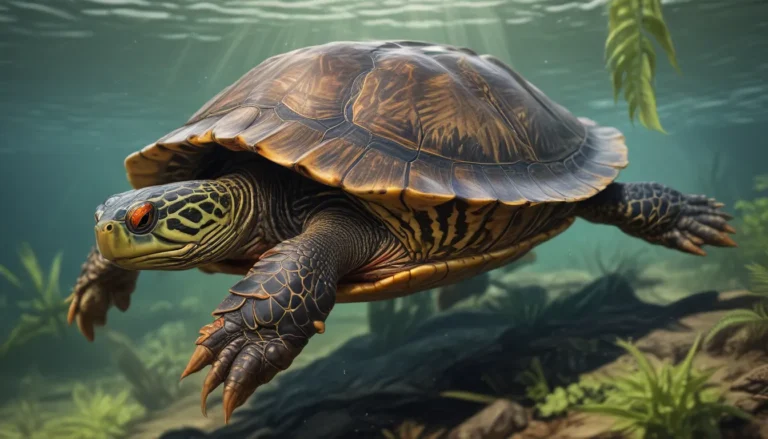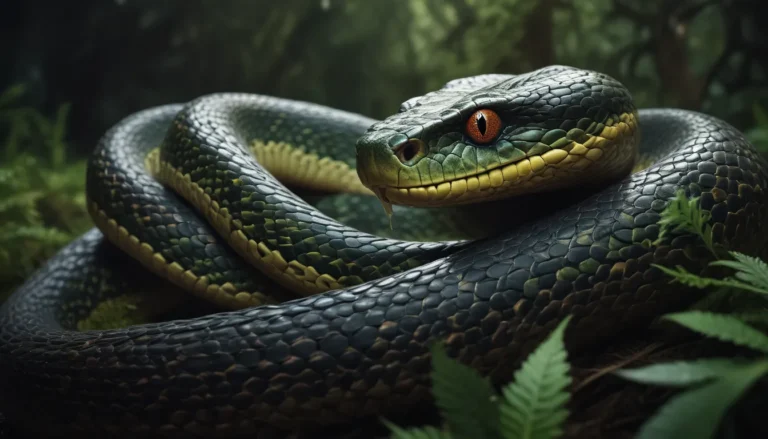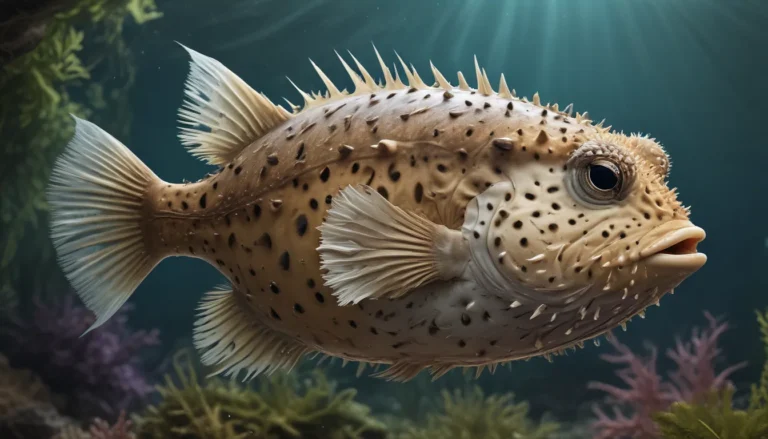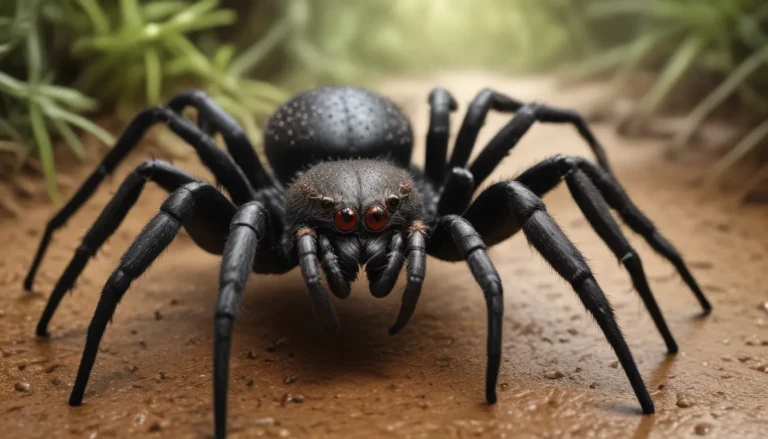The pictures we use in our articles might not show exactly what the words say. We choose these pictures to make you interested in reading more. The pictures work together with the words but don’t take their place. The words still tell you the important facts.
Are you intrigued by the unique and captivating world of the gharial? This fish-eating crocodile, known for its long, slender snout and specialized diet, is a fascinating creature that inhabits the rivers of the Indian subcontinent. In this article, we will delve into 12 intriguing facts about the gharial, shedding light on its behavior, habitat, and conservation status. Join us as we explore the riveting world of the gharial and uncover some surprising insights about this remarkable reptile.
The Gharial: A Crocodilian Marvel
The gharial, scientifically known as Gavialis gangeticus, is a crocodilian species that stands out for its distinctive features. With its long and slender snout, the gharial is a unique member of the crocodile family, specialized in catching fish with precision.
A Specialized Diet
As a piscivorous reptile, the gharial primarily feeds on fish. Its slender snout allows it to swiftly snatch fish from the water, showcasing its efficient hunting skills. This dietary preference sets the gharial apart from other crocodilian species.
Habitat and Conservation Status
Gharials primarily inhabit freshwater river systems in the Indian subcontinent, such as the Ganges, Brahmaputra, and Indus rivers. Unfortunately, gharials are currently classified as critically endangered, facing threats from habitat loss, pollution, and illegal hunting. Conservation efforts are crucial to their survival.
Unique Physical Characteristics
Male gharials develop a bulbous growth known as the "ghara" on the tip of their snout, which serves various purposes, including vocalization during mating rituals. Despite their slender appearance, adult gharials can reach impressive lengths of up to 5-6 meters, making them one of the largest crocodilian species.
Reproductive Behavior
During the breeding season, male gharials emit a buzzing sound to attract females and engage in elaborate courtship displays underwater. Female gharials lay their eggs in sandy riverbanks, carefully tending to the nest until the eggs hatch after 70-95 days.
Lifespan and Role in the Ecosystem
Gharials are known for their longevity, with individuals capable of living for over 60 years. As apex predators, gharials play a vital role in maintaining the ecological balance of their habitats by regulating fish populations and preserving aquatic ecosystems.
Conservation Efforts
Various organizations and government bodies are actively engaged in conservation efforts to protect and restore gharial populations. These initiatives include habitat preservation, captive breeding programs, and awareness campaigns to highlight the importance of safeguarding this unique species.
In conclusion, the gharial is a truly fascinating and endangered species that requires our attention and protection. By raising awareness, supporting conservation efforts, and promoting sustainable practices, we can help ensure the survival of these ancient creatures. Whether you are a wildlife enthusiast, a researcher, or simply curious about the natural world, learning about gharials offers a glimpse into the wonders of our planet's animal kingdom.
Frequently Asked Questions
-
Where can gharials be found?
Gharials are primarily found in the rivers and estuaries of the Indian subcontinent, including India, Nepal, and Bangladesh. -
What do gharials eat?
Gharials mainly feed on fish, using their long, slender snouts to snatch their prey underwater. -
How long can gharials grow?
Female gharials can reach lengths of up to 13-15 feet, while males are slightly smaller, usually measuring around 12 feet. -
Are gharials dangerous to humans?
Gharials are not typically a threat to humans and tend to avoid contact, retreating into the water when approached. -
What is the current conservation status of gharials?
Gharials are critically endangered due to habitat loss, human disturbance, and illegal hunting, requiring conservation efforts for protection.
Delve into the world of gharials and join the efforts to safeguard these remarkable creatures and their ecosystems. Let's protect the gharial together for a brighter future for wildlife and our planet.






